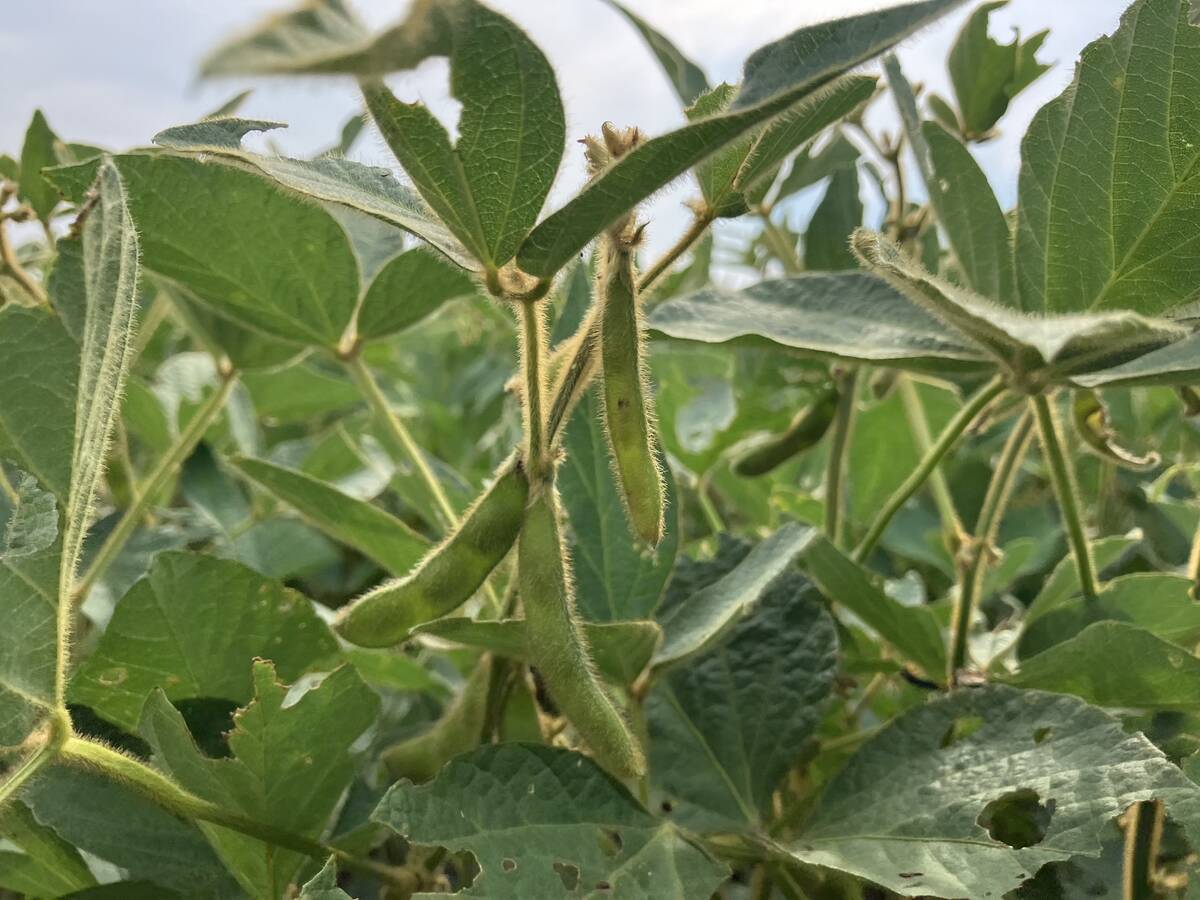As noted in this week’s newspaper, there is no shortage of Canadian officials expressing sympathy with U.S. farmers.
It is only understandable, the Canadians say, that frustration over low grain and livestock prices should provoke U.S. farmers into demanding action against imports of grain and livestock from Canada.
The financial strain is real enough – according to the Washington Post, net farm income in North Dakota dropped from $764 million (U.S.) in 1996 to only $15 million last year.
But no amount of sympathy for the farmers can excuse the state governors for their harassment of Canadian grain and livestock trucks, in clear violation of trade agreements.
Read Also

U.S. soy farmers hold bad hand in rigged game
More tariffs, an unlimited peso bailout, a government shutdown, no plan for federal assistance — and farmers are holding a bad hand in a rigged game where the rules change every day.
Even less excusable is the reaction of the U.S. federal government, which has a duty to stop illegal state interference with trade.
At first, it seemed as though the U.S. government was prepared to act responsibly. A U.S. trade spokesman pointed out quite truthfully that low grain prices are caused by global forces, not by any movement of Canadian grain into northern states.
Since the U.S. exports 28 times as much grain as it imports from Canada, he added, it would be difficult to contend that the Canadian grain has disrupted the U.S. market.
By Friday, however, the tune had changed.
U.S. Trade Representative Charlene Barshefsky declared that Canada must reform its agricultural trade policies.
The principle behind this statement was obvious – when caught doing something wrong, counterattack.
Even if Canada had excessive regulatory barriers to U.S. agricultural products, as the U.S. contends, they would in no way be comparable to the extremist measures being taken by South Dakota.
And, in the spirit of free trade, Canada has been conscientiously removing non-essential requirements for imports.
Attracted by comparatively strong Alberta feed-grain prices, U.S. barley is flowing into that market. And streamlined health regulations are bringing Montana feeder cattle into Alberta.
When it comes to subsidies, the U.S. is on even weaker ground. According to the Organization for Economic Co-operation and Development, total transfers associated with agricultural policy averaged $66 (U.S.) per hectare of farmland in Canada, but $161 in the U.S. and $825 in Europe.
Barshefsky was correct, though not in her intended sense, in one statement: “It is time for Canada to take decisive action to level the playing field.”














